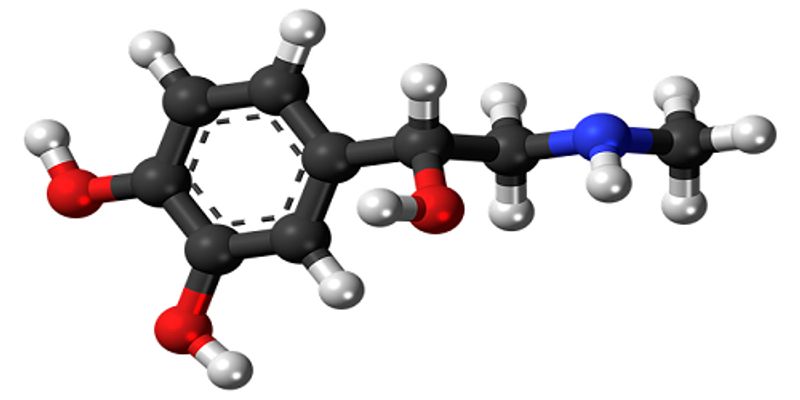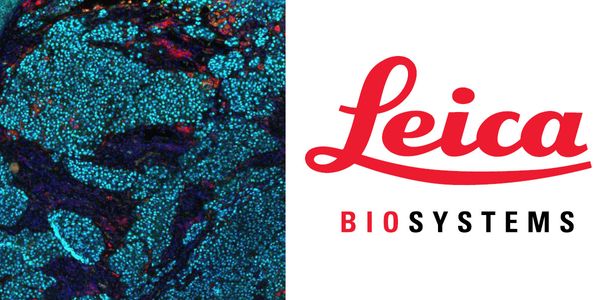Small Molecule
Small Molecule: Within the fields of molecular biology and pharmacology, a small molecule is a low molecular weight organic compound that may regulate a biological process, with a size on the order of 1 nm. Most drugs are small molecules.
-
Second harmonic generation (SHG) is a biophysical method that sensitively measures real-time conformational change of biomolecules attached to membranes. SHG has recently been applied to dete...
FEB 20, 2019 | 9:00 AM
DATE: February 20, 2019TIME: 9:00am PST ...
Pharmaceutical research and development efforts are often both inefficient and suffer from a high attrition rate of drug candidates within the clinical phase of development. Most drug t...
Comparative oncology is the study of naturally-occurring cancers in pet animals (mainly dogs) to broaden and deepen our collective understanding of cancers in both companion species and human...
Speaker:
Amy LeBlanc, DVM DACVIM
Presented at: Laboratory Animal Sciences Virtual Event Series 2019
DEC 11, 2018 | 10:00 AM
DATE: December 11, 2018TIME: 11:00 PSTThis webinar will focus on how Reichert's Surface Plasmon Resonance (SPR) systems can generate additional valuable information that is not...
DEC 06, 2018 | 7:00 AM
DATE: December 06, 2018TIME: 7:00AM PSTHigh-throughput confocal microscopy has changed the way drug screening can be performed, by enabling the detection of single-cell pheno...
NOV 27, 2018 | 8:00 AM
DATE: November 27, 2018TIME: 8:00am PTHigh-resolution, accurate-mass (HRAM) mass spectrometers (MS) are a class of MS instrumentation with capability to resolve complex sample matr...
NOV 27, 2018 | 1:00 AM
DATE: November 27, 2018TIME: 1:00am PTHigh-resolution, accurate-mass (HRAM) mass spectrometers (MS) are a class of MS instrumentation with capability to resolve complex sample matr...
NOV 15, 2018 | 10:00 AM
DATE: November 15, 2018TIME: 10:00am PT, 1:00pm ET Multiplex fluorescence immunohistochemistry offers a window into the biology of human disease, enabling the ana...
Speaker:
Traci DeGeer, BS, HT (ASCP) HTL, QIHC
, Alexander Klimowicz
Sponsored By: Leica Biosystems
NOV 08, 2018 | 5:00 PM
DATE: November 9, 2018 TIME: 09:00am CST, 10:00am JST, 12:00pm AEDT Perso and precision medicine are rapidly growing areas that require good data to categoriz...
Analytical chemistry can take you to strange places - for me it has been to the bottom of a quarry, being covered in dirt, excavating sesame-seed sized fossils that allow us to work out when...
Everyone that uses titration in their lab knows how simple and fast the technique can be. However, uncertainty around when to replace electrodes creates confusion. Reagent quality, tubi...
Speaker:
Jessica McVay
, Lori Spafford
This intensive workshop will introduce infrared spectroscopy, outline the various sample handling methods and provide guidance on the numerous transmission and reflectance methods available f...
Ion mobility-mass spectrometry (IM-MS) is a rapid, gas-phase separation technique that has become an integral part of the analytical repertoire of techniques for the -omics. This method coupl...
Solid phase microextraction (SPME) is a versatile, non-exhaustive sample preparation tool that has been demonstrated to be well-suited for facile and effective analysis of a broad range of co...
Speaker:
Barbara Bojko, PhD
, Janusz Pawliszyn, PhD, FCIC, FRSC
Presented at: Analytical Chemistry Virtual Event Series 2018
























